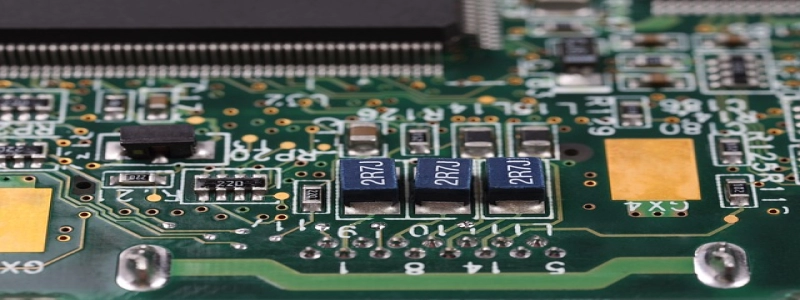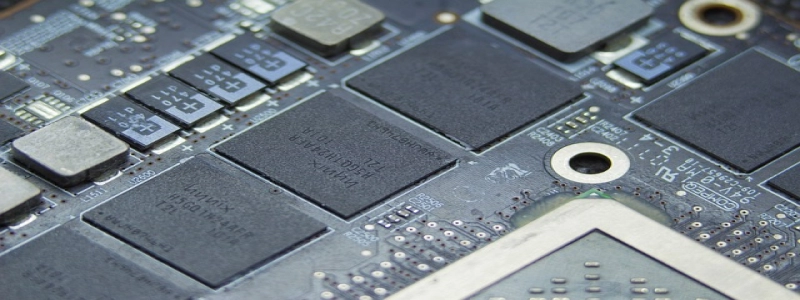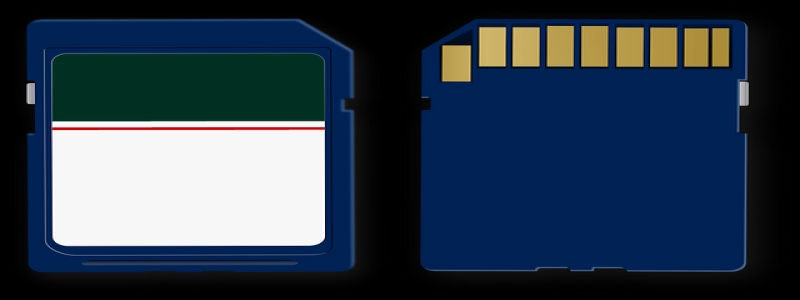Difference Between Ethernet and Internet
การแนะนำ:
Ethernet and Internet are two terms often used when talking about computer networking. Though they are interconnected and play crucial roles in modern communication, they are not the same thing. In this article, we will explore the differences between Ethernet and the Internet, and how they work together to facilitate data communication.
ฉัน. Definition:
1. อีเทอร์เน็ต:
Ethernet is a local area network (แลน) technology that enables devices to connect and communicate within a limited geographical area. It is a protocol that defines how data is transmitted between devices over a network.
2. Internet:
The Internet, ในทางกลับกัน, is a global network of interconnected networks that spans the entire globe. It is a vast infrastructure that facilitates communication and information exchange among users across different locations.
ครั้งที่สอง. Purpose:
1. อีเทอร์เน็ต:
Ethernet’s primary purpose is to facilitate communication between devices within a local network. It enables devices such as computers, routers, and switches to connect and share data within the same network environment.
2. Internet:
The Internet, ในทางกลับกัน, serves as a medium for worldwide communication. It allows users to access and share information from various sources globally. The Internet enables users to send emails, browse websites, stream videos, and connect with people worldwide.
สาม. Coverage:
1. อีเทอร์เน็ต:
Ethernet is limited to a specific area, typically within a building or campus. It is commonly used in office environments, educational institutions, and homes to connect devices within a confined space.
2. Internet:
The Internet covers the entire world, connecting millions of devices worldwide. It allows users to access information and connect with others regardless of their location.
IV. Connection:
1. อีเทอร์เน็ต:
Ethernet uses physical cables, such as twisted pair or fiber optic cables, to establish a direct connection between devices. It provides high-speed and reliable connectivity within a local network.
2. Internet:
The Internet, ในทางกลับกัน, utilizes various technologies, including Ethernet, to establish connections between devices. It can be accessed through wired connections, such as Ethernet cables, or wireless connections, such as Wi-Fi or cellular networks.
วี. Functionality:
1. อีเทอร์เน็ต:
Ethernet primarily focuses on the transmission of data packets within a local network. It ensures reliable and secure communication between devices by using protocols such as TCP/IP.
2. Internet:
The Internet functions as a global network that enables users to access a wide range of services and resources. It allows users to communicate, share information, conduct online transactions, and collaborate on a global scale.
บทสรุป:
In summary, Ethernet and the Internet are fundamental components of computer networking, but they serve different purposes. Ethernet provides connectivity for devices within a local network, while the Internet serves as a global network enabling worldwide communication. Understanding the differences between these two terms is crucial for comprehending how data is transmitted and accessed in modern communication systems.







